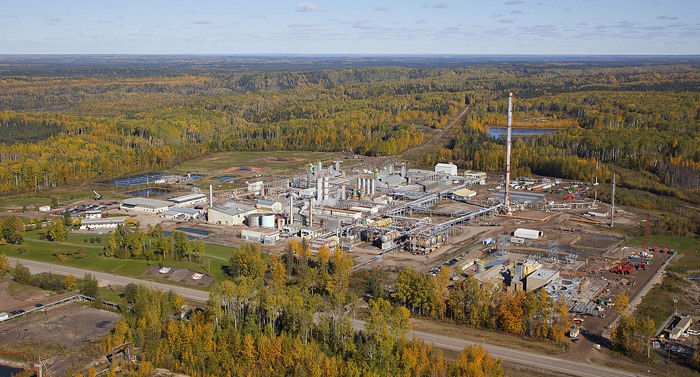VICTORIA – The climate debate, which all left-thinking people insist is over, has erupted in the B.C. legislature over our nascent liquefied natural gas industry.
Chilliwack-Hope B.C. Liberal MLA Laurie Throness heated things up by announcing that he’s “agnostic” on the subject of human-caused global warming. The religious terminology is intentional, he said, because this is how climate change is currently discussed – deniers, believers and so on.

Throness mentioned the inflated elephant in the room, 18 years with little or no average global surface temperature rise, even as greenhouse gas emissions keep rising around the world.
Needless to say, Green Party MLA and climate scientist Andrew Weaver was aghast at this heresy. And NDP MLAs lined up behind former Sierra Club high priest George Heyman to ridicule Throness, inadvertently proving his point about their rather nasty religious zeal.
I’m also skeptical on global warming, as regular readers will know, and so are many voting adults in Canada and elsewhere. And I agree with Throness’ main point that B.C. shouldn’t sacrifice its energy economy while the jury is still out.
Most politicians who presume to decide the fate of this vital and threatened industry have at best visited a well or plant site, and media information about the industry is often from questionable protesters. So today I’d like to provide some background on the natural gas industry, as someone who grew up with it and worked in it in northeastern B.C.
Natural gas is mostly methane, the main ingredient in farts. It is many times more potent than carbon dioxide as a heat-trapping gas in the atmosphere, which is one reason it is often flared rather than vented if it isn’t captured for use as fuel.
Raw natural gas may contain carbon dioxide, a key plant food and component of exhaled breath that has been rebranded as pollution. Gas from the Horn River Basin, one of B.C.’s largest deep shale formations, contains 10 per cent or more CO2, more than conventional gas.
B.C.’s most lucrative gas field is the Montney shale around Fort St. John, which contains nearly CO2-free gas as well as light petroleum liquids.
(This is similar to the Bakken shale in North Dakota, where American roughnecks continue to burn off vast amounts of gas to get at the more valuable light liquids. Oddly, President Barack Obama and former Canadian singer Neil Young don’t notice this.)
Weaver and the NDP are correct in their main objection, which is that the B.C. government’s new limits on CO2 from LNG production are a sham. As much as 70 per cent of the total greenhouse gas emissions from the gas industry occur before the LNG stage, which is the only thing the new rules regulate.
CO2 that comes up with gas is extracted and vented. A government-subsidized pilot project to capture and store CO2 at Spectra Energy’s operations at Fort Nelson seems to be going nowhere. Restricting LNG-related emissions is mostly a cosmetic gesture.
Environment Minister Mary Polak correctly notes that gas producers pay carbon tax. Yes, but only on the fuel they use, not “process emissions” such as flaring. Big LNG proponents plan to burn more gas to compress and cool LNG, and their greenhouse gas emissions beyond a certain limit will force them to buy carbon offsets or pay into a technology fund.
If LNG investment isn’t scared away by protests and piled-on taxes, it surely means B.C.’s greenhouse gas reduction targets are history. The question now is how much that actually matters.
Tom Fletcher is legislature reporter and columnist for Black Press. Email: tfletcher@blackpress.ca Twitter: @tomfletcherbc
